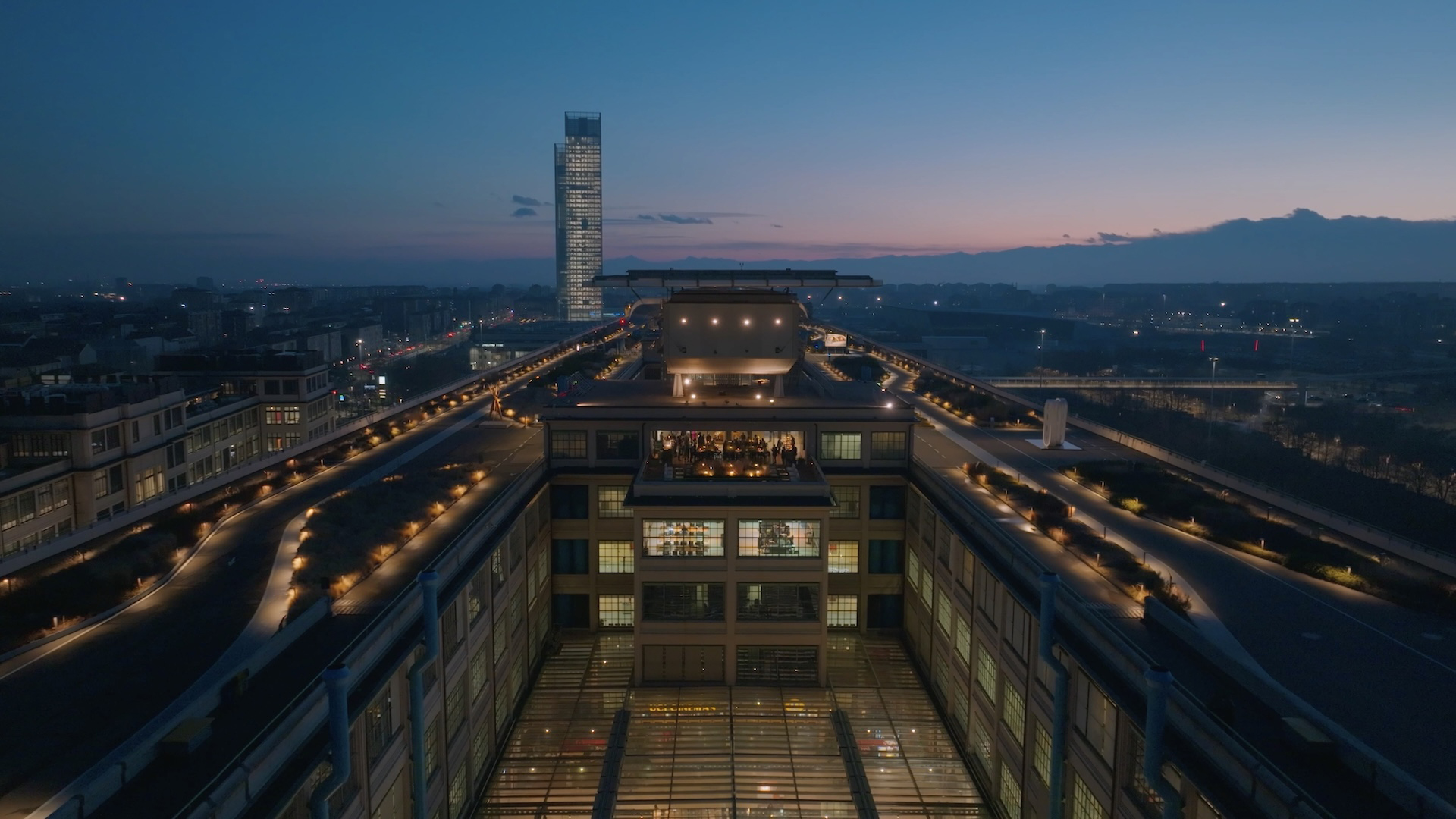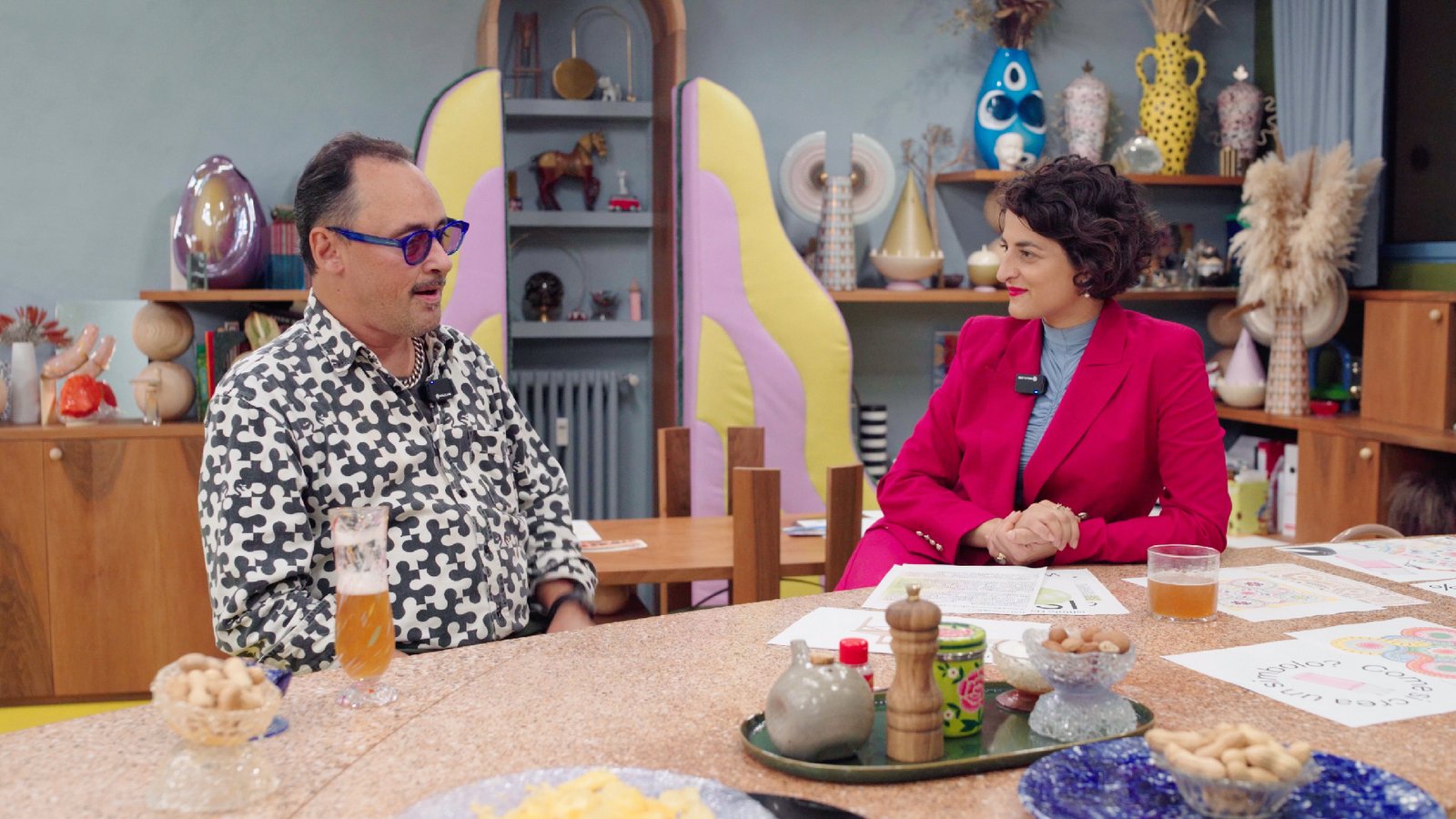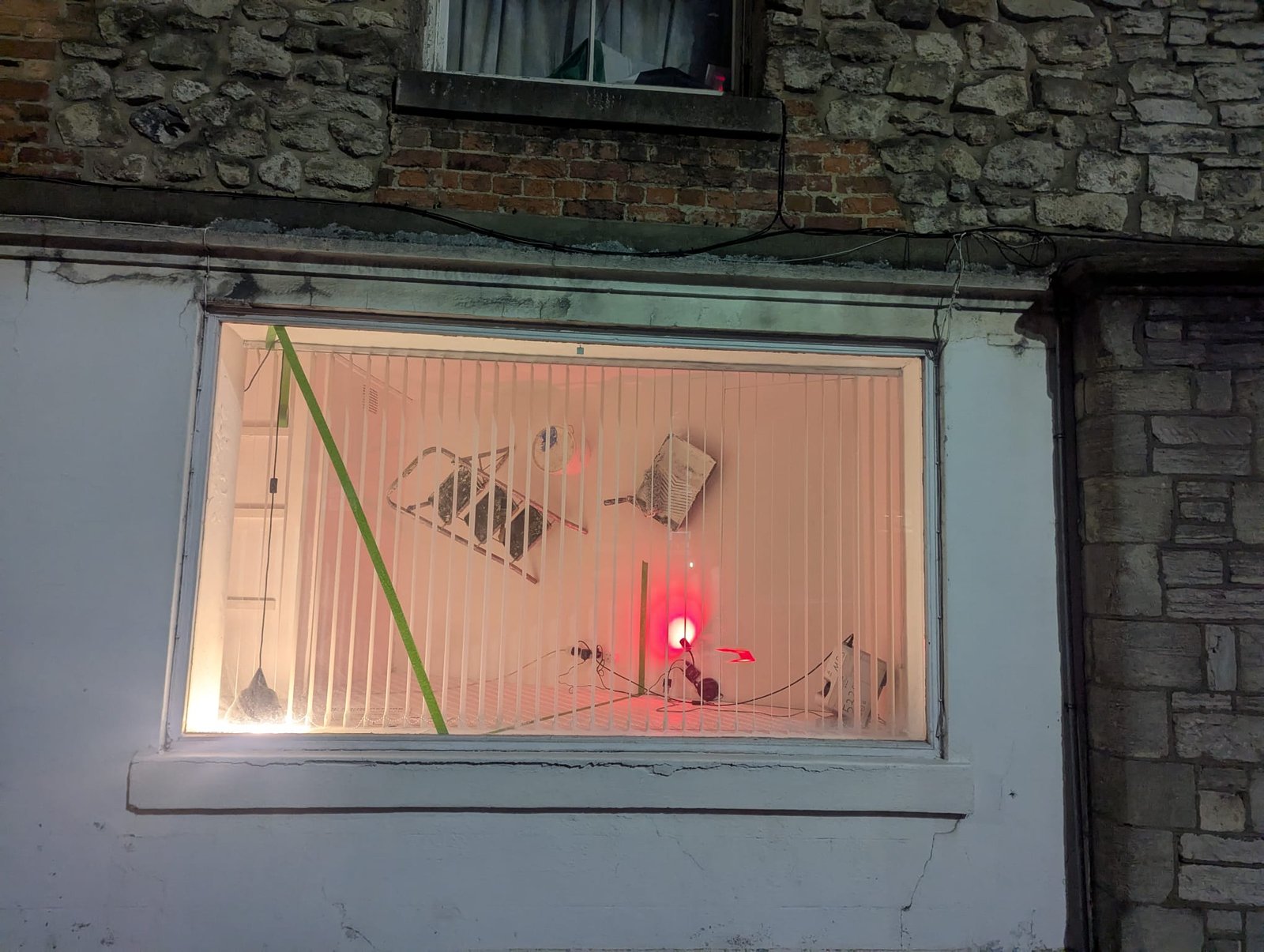
Why Are Artists Creating Their Own Exhibition Spaces?
Between history, experimentation, and self-determination: how new art spaces challenge official circuits and engage unexpected audiences.
Why Are Artists Creating Their Own Exhibition Spaces?
With ever-longer waiting lists, ever-higher prices, and ever-more complicated application processes, artists are turning away from traditional display opportunities in galleries and creating their own exhibition spaces. It would be wrong to see this as “admitting defeat”, as these innovative artist-owned spaces are far from a consolation prize. These self-made exhibition opportunities tick boxes that more traditional arts spaces simply cannot: they are less expensive, there is less bureaucracy, and they empower artists to exhibit their work outside of major arts cities (where the money and opportunities often seem to be imprisoned).
Artists creating their own exhibition spaces is no new thing. Fed up with rejections from the official Paris salons, the Impressionists created their Sociéte anonyme des artistes peintres, sculpteurs, graveurs, etc in order to independently exhibit their work in 1873. 120 years later recent graduates and soon-to-be Young British Artists stars Tracey Emin and Sarah Lucas opened ‘The Shop’ in a former doctor’s surgery in Bethnal Green, exhibiting and selling their work and hosting raucous parties. Artists are tenacious innovators. You’ve got to do what you’ve got to do.
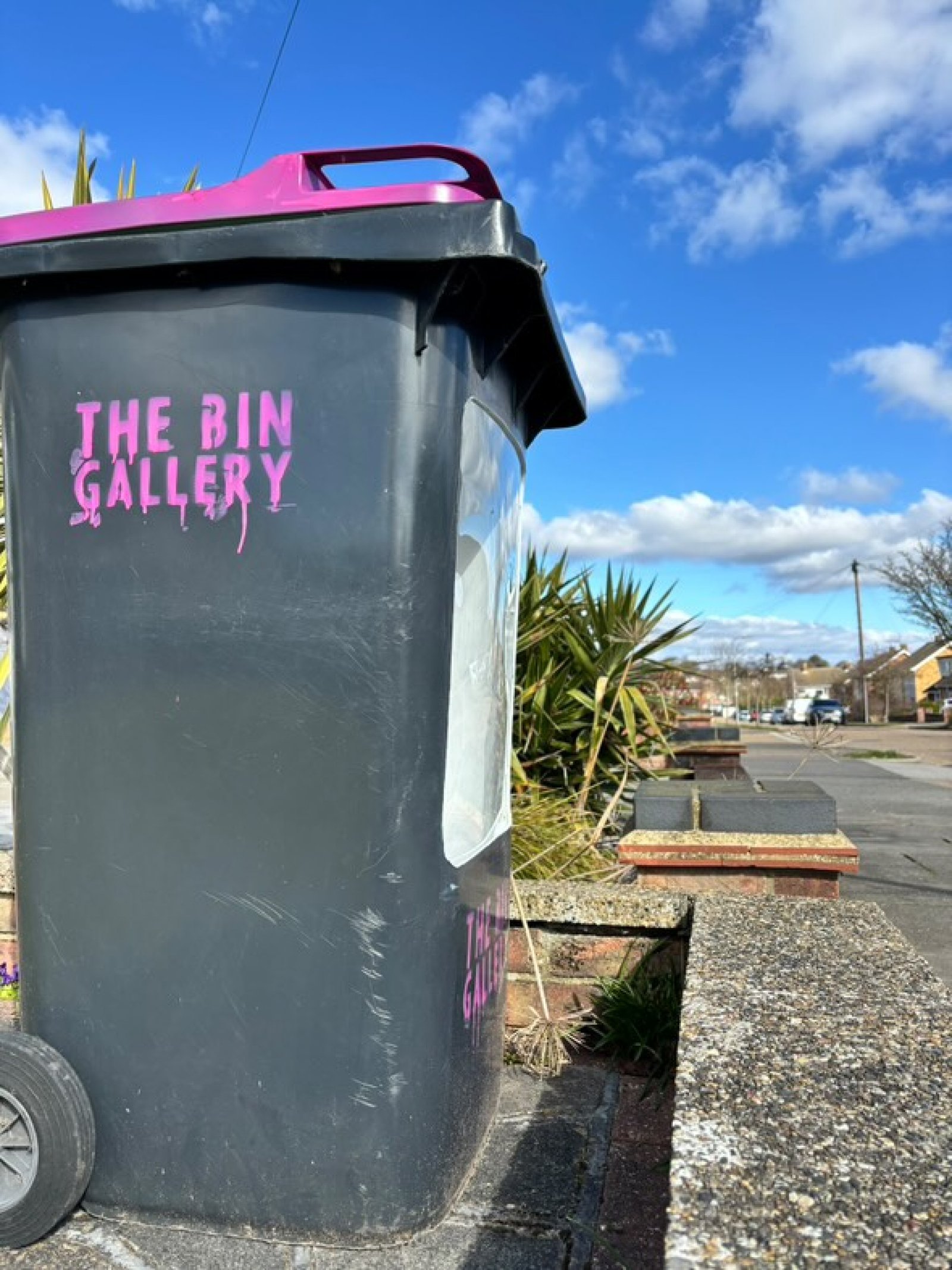 Beth Evans, Wheelie Bin Gallery outside her home in Essex, England
Beth Evans, Wheelie Bin Gallery outside her home in Essex, England
To find out more about why artists are adopting a DIY attitude to exhibitions, I spoke to the founders of two new gallery spaces in the UK: Ellen Gillett and Kane Applegate of Southampton’s Niche Gallery, and Beth Evans who created The Wheelie Bin Gallery outside of her home in Essex.
Niche Gallery is owned by the ZEST Collective, a group of 22 artists working and exhibiting in the South of England, founded in 2020. They are based out of Tower House, a 600 year old, grade II listed building in Southampton’s Old Town. But an unused window looking out onto a busy main road which runs past the medieval building offered the group an opportunity to create something truly modern. Applegate expanded the large window, using recycled materials to create a deep, irregularly shaped exhibition room with “a confusing sense of perspective” that lends itself to the group’s conceptual installations. The sculptor chose to keep the white plastic vertical office blinds that had been in the window for decades, using them as a “fun way of unveiling artists’ work” at openings.
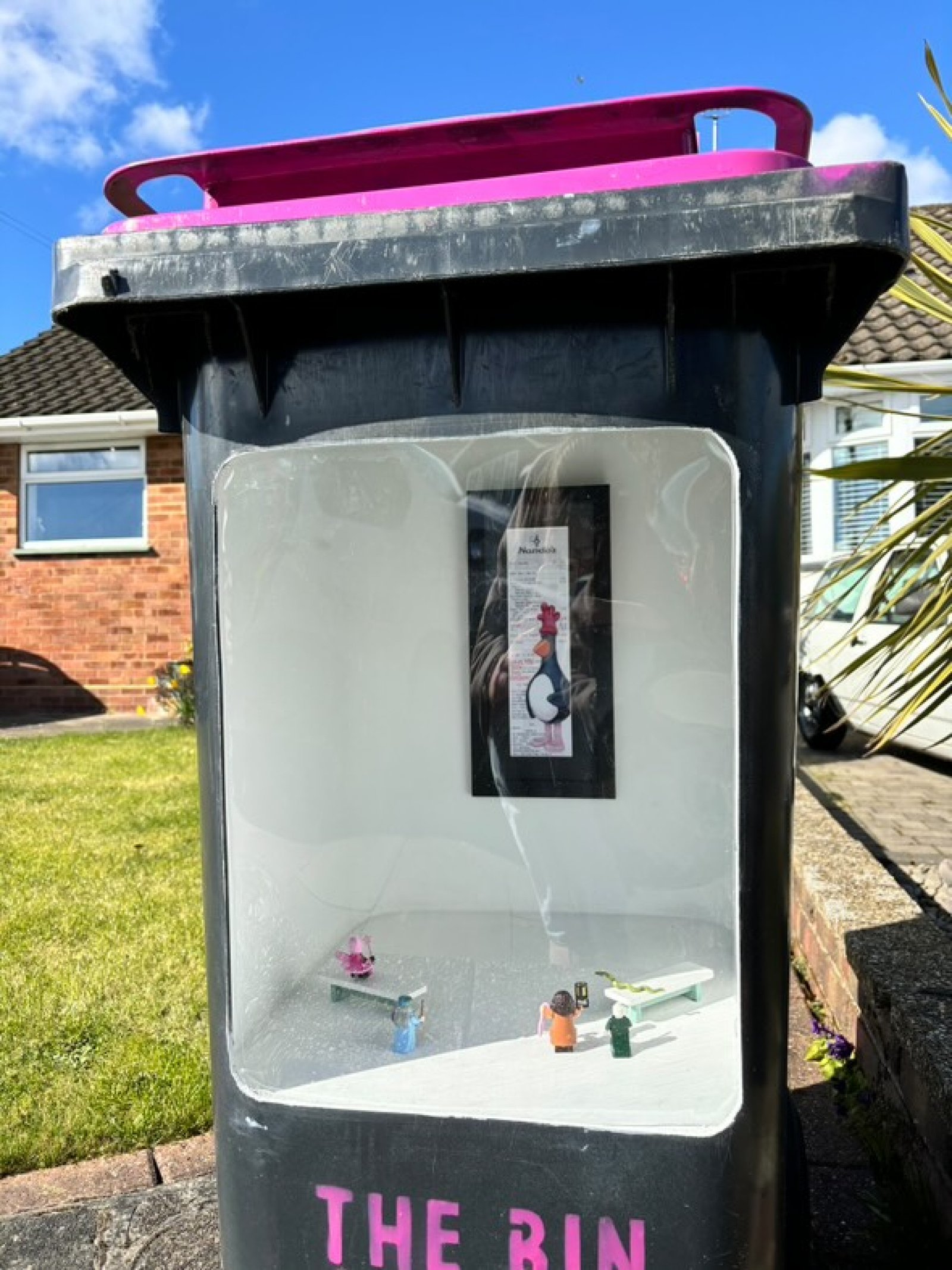 Beth Evans, Wheelie Bin Gallery outside her home in Essex, England
Beth Evans, Wheelie Bin Gallery outside her home in Essex, England
Beth Evans, a pet portrait and ‘receipt art’ painter also chose to upcycle when it came to her new exhibition space, repurposing a black wheelie bin by cutting a large Perspex-covered viewing hole in the front and painting the inside with white paint as a reference to a typical white cube gallery. She even added Lego figurines for context. Her gallery was inspired by Sunday Nobody, a Seattle-based multidisciplinary “meme artist” boasting a huge following online, who transformed a dumpster into a secret art gallery in November 2024, filling the inside with sculptures of racoons in trench coats viewing miniature artworks hung on the mock gallery walls.
Without representation, exhibiting in traditional gallery spaces can cost artists money, either in rental or application fees. But this financial burden isn’t the only cost to artists. Creating their own gallery space isn’t just saving ZEST artists money, but it has won them back their time. “Niche allows us to put on exhibitions that can be viewed by the public at any time,” says Gillett, a visual artist and independent curator, co-director of the collective. “We don't have the resources to run or invigilate an indoor gallery space for long periods of time, so our exhibitions tend to be one night or one weekend only”. “It will allow members to have solo shows, a milestone that is difficult to achieve elsewhere without paying huge amounts of money for a space or going through complex application processes on unpaid time.”
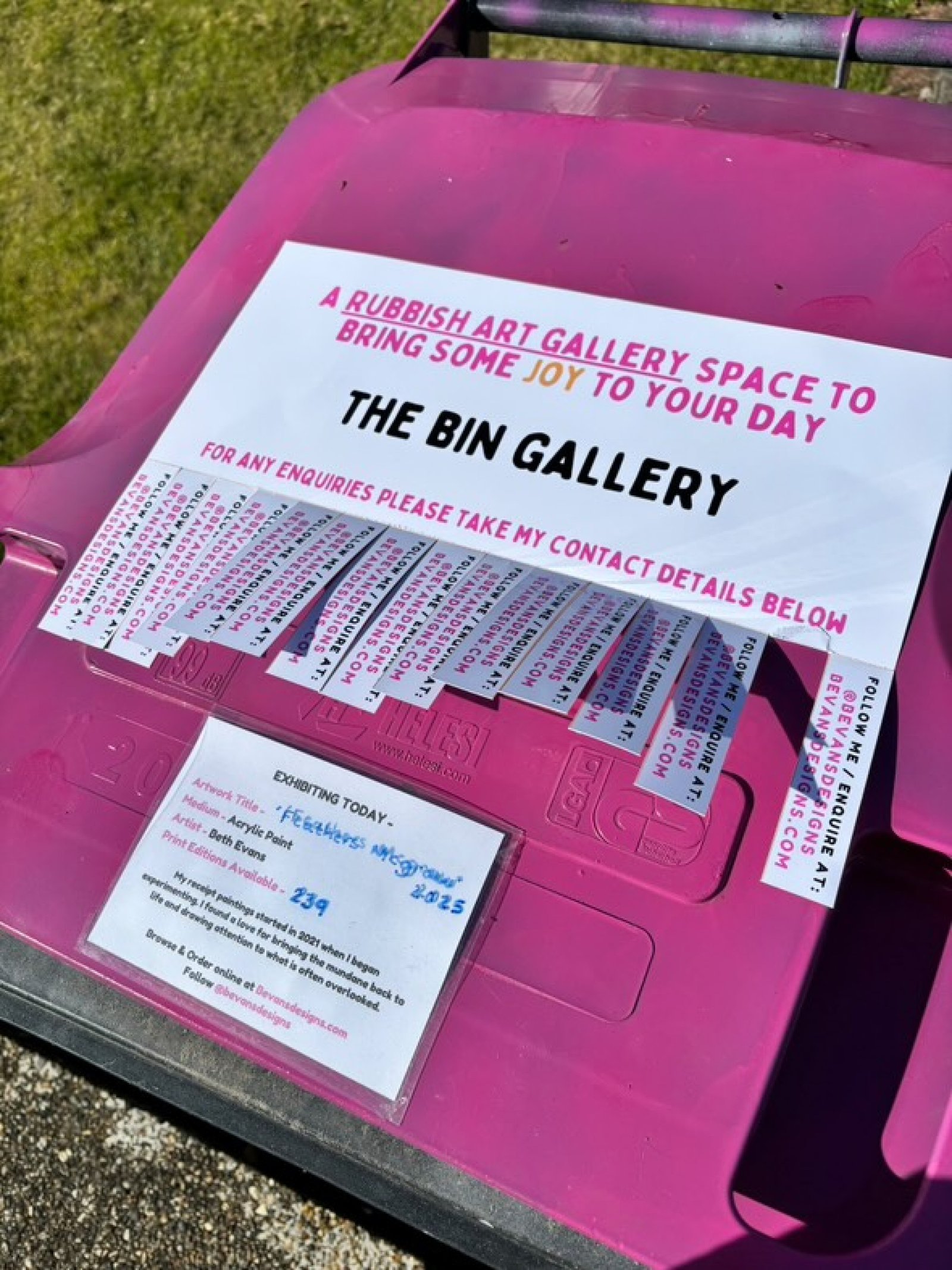 Beth Evans, Wheelie Bin Gallery outside her home in Essex, England
Beth Evans, Wheelie Bin Gallery outside her home in Essex, England
Offputtingly complex and time-consuming application processes are just one of “many barriers” which Gillett points out, leading to “only certain types of work getting displayed” in more traditional venues. “Part of what artists do is question existing structures and ways of doing things, so it makes both practical and political sense for artists to run their own spaces and display work on their own terms.”
Evans compares this reclamation of physical space to the benefits offered to artists by social media platforms, which have “given a lot of control back to artists.” “They get to choose how they want their work to be perceived. I think it’s so important being able to share our own work in individual ways - we get to tell our own story of our creations as you want people to connect to your work for the right reasons.”
Both Niche Gallery and the Wheelie Bin Gallery are also in ideal locations for introducing new audiences to the artists’ work. Many brick-and-mortar gallery spaces believe that by being free to enter that they are accessible, forgetting that these venues often have a fundamentally unwelcoming aura for much of the general public because of art’s elitist reputation as the domain only of the most educated. By creating their exhibition spaces along public footpaths, unconstrained by opening hours and open 24/7, both ZEST and Evans give passersby a genuine opportunity to engage with art at their own convenience, without needing to grit their teeth to enter a gallery or museum. “Creating an unconventional way of displaying my artwork and hopefully bringing a bit of joy to those passing by it. It gave me an opportunity to be able to share my artwork more in the real world,” says Evans. “This was just a fun way to show my artwork to those who might not see it everyday!”
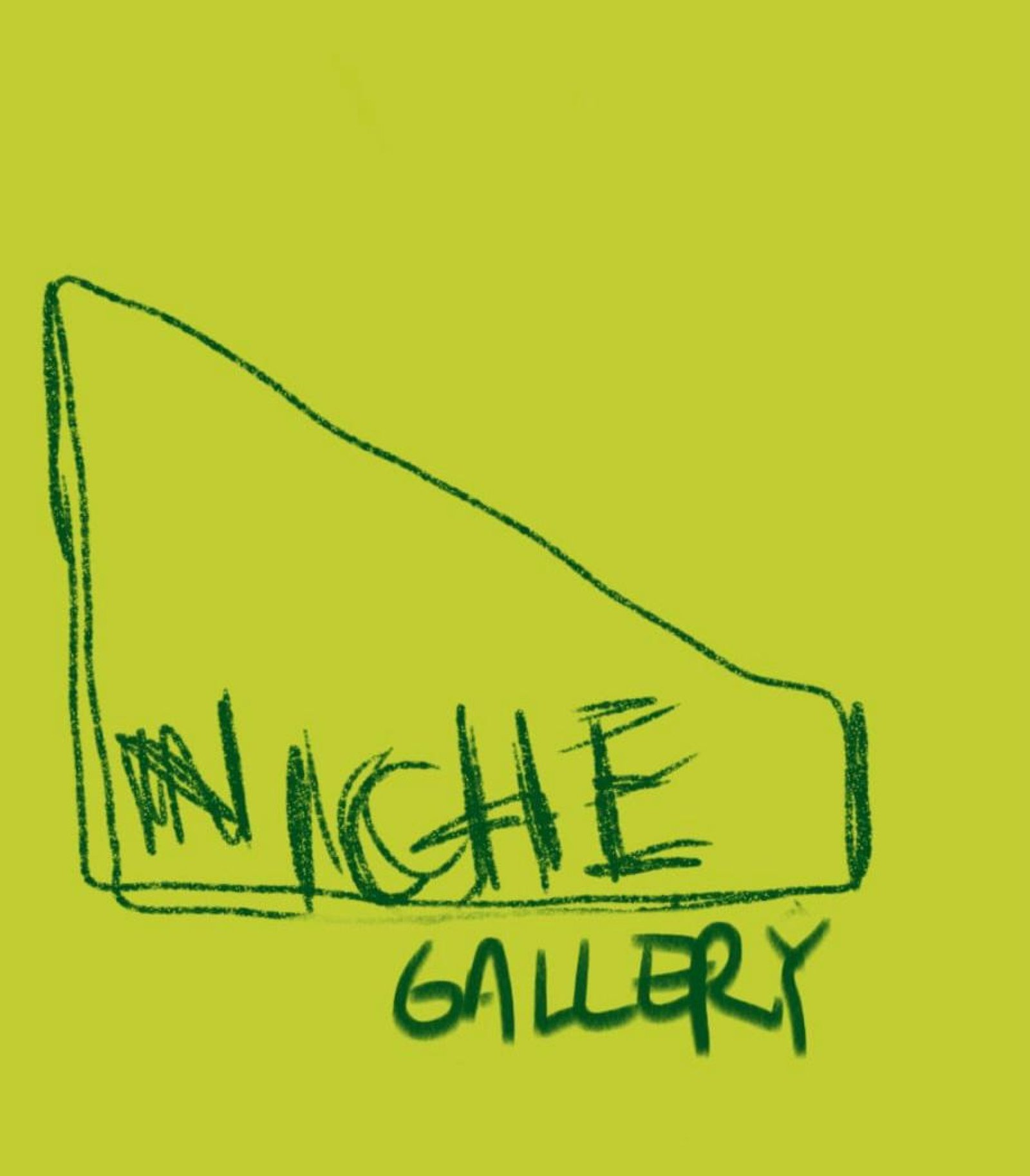 Niche Gallery Logo, Zest Collective, Southampton, UK
Niche Gallery Logo, Zest Collective, Southampton, UK
By building their own spaces, these artists are clawing back creative freedoms that Gillett warns can be stamped out when going through prototypical exhibition routes. “Exhibiting in galleries comes with a lot of rules and restrictions, but in Niche artists can pretty much do whatever they want. I think the prestige of other spaces also limits creativity, if you get an opportunity to exhibit somewhere "important" you feel the need to do your 'best work' which can stifle your creativity and make artists overly concerned with perfection, other people's perceptions of their work, and demonstrating a consistency or style in their practice.” By giving themselves room to display their art, even in an embryonic or experimental stage, Niche Gallery allows ZEST artists to follow their creative instincts without obsession over external approval.
In a country in which the economy seems unlikely to improve dramatically, major gallery chains appear set to maintain their chokehold on the arts landscape, and public arts funding looks doomed to decrease, it feels likely that more artists will take the exhibition of their work into their own hands. Luckily, it’s likely that their wallets, work-life balance, and the vivacity of their practice may be all the better for it.
Cover image: Niche Gallery, Zest Collective, Southampton, England.
Verity Babbs is an art historian, presenter, and comedian from the UK. She hosts live art-themed comedy nights 'Art Laughs' which perform regularly at London's National Gallery, and she has appeared on BBC Radio 4 and BBC News. She has written for several arts publications including the Guardian, RA Magazine, Hyperallergic, and Artnet News, and has worked as a presenter for Tate, London Art Fair, and Elizabeth Xi Bauer gallery.


